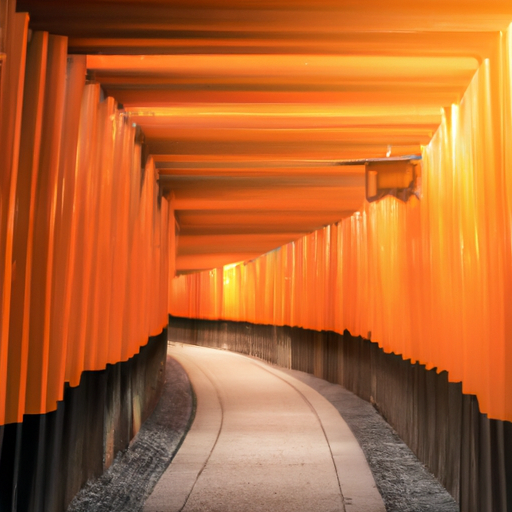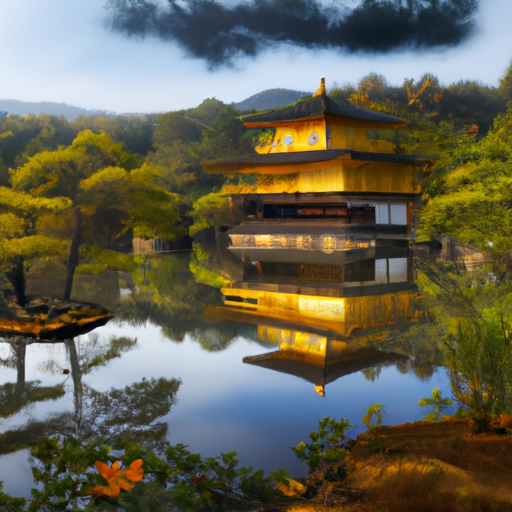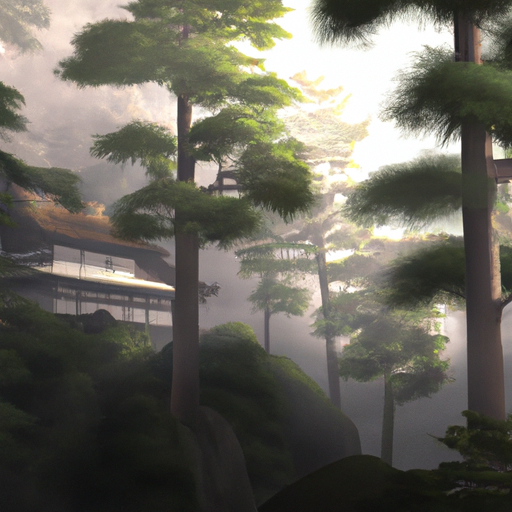Discover the mesmerizing world of Kyoto's ancient temples and their profound cultural significance. Explore the intricate architecture and peaceful gardens that have shaped Japan's spiritual identity for centuries. Learn insider tips for experiencing these sacred spaces in their most authentic form.

Kyoto, the former imperial capital of Japan, stands as a living testament to the country's rich spiritual heritage, with over 1,600 Buddhist temples and 400 Shinto shrines dotting its landscape. Each sacred structure tells a unique story of faith, artistry, and historical significance that has shaped Japanese culture for more than a millennium.
The golden pavilion of Kinkaku-ji reflects brilliantly in its mirror pond, its top two floors completely covered in gold leaf. Originally built as a retirement villa for Shogun Ashikaga Yoshimitsu in the late 14th century, this Zen temple embodies the harmony between architecture and nature that characterizes Japanese temple design. The surrounding gardens, meticulously maintained for centuries, showcase the principles of traditional Japanese landscaping with their carefully positioned stones, pruned trees, and reflective pools.
Deep in the Arashiyama district, Tenryu-ji Temple offers visitors a profound glimpse into Zen Buddhism's influence on Japanese culture. Its famous garden, designed by the master gardener Muso Soseki, remains largely unchanged since its creation in the 14th century. The garden exemplifies the concept of 'borrowed scenery' (shakkei), incorporating the mountains beyond its boundaries into its design, creating an infinite sense of space and connection with the natural world.
Fushimi Inari Shrine, with its thousands of vermillion torii gates winding up Mount Inari, represents a different aspect of Japanese spirituality. These gates, each donated by a business or individual, create tunnels of orange-red that seem to glow at dawn and dusk. The shrine is dedicated to Inari, the Shinto god of rice and sake, and foxes serve as his messengers, their stone statues guarding the paths throughout the complex.
The zen garden at Ryoan-ji Temple presents perhaps the most enigmatic face of Japanese spirituality. Fifteen carefully placed rocks sit in a sea of meticulously raked gravel, arranged so that at least one rock is hidden from view regardless of where the observer stands. This garden, dating from the late 15th century, continues to inspire contemplation and debate about its meaning and purpose.
To truly appreciate Kyoto's temples, timing is crucial. Early morning visits, particularly during the opening hours, offer the most serene experience. Many temples open their doors at 6:00 AM, and arriving at this hour allows visitors to witness morning prayers and meditation sessions. The soft morning light filtering through ancient trees creates an atmosphere of profound tranquility that's harder to find later in the day.
Each season brings its own character to these sacred spaces. Spring carpets temple grounds with cherry blossoms, while autumn paints them in fiery reds and golds. Summer brings the sound of wind chimes and the scent of incense carried on warm breezes, and winter wraps the temples in silence and occasional snow, creating scenes that seem lifted from classical Japanese paintings.
Visitors should observe proper etiquette when exploring these sacred sites. Remove shoes before entering temple buildings, speak in hushed tones, and ask permission before taking photographs inside structures. Many temples offer opportunities to participate in meditation sessions or tea ceremonies, providing deeper insight into Japanese spiritual practices.
The philosophy of wabi-sabi, the acceptance of transience and imperfection, is evident throughout these temple complexes. Weather-worn wooden structures, moss-covered stone lanterns, and carefully preserved ancient artifacts all tell stories of time's passage while maintaining their beauty and significance.
Beyond their spiritual significance, Kyoto's temples serve as living museums of Japanese art and architecture. Intricate wooden joints crafted without nails, delicate screen paintings, and complex garden designs showcase the pinnacle of Japanese craftsmanship across various periods.
For those seeking to explore these sacred spaces, consider joining early morning meditation sessions at temples like Myoshin-ji or participating in temple stays (shukubo) at places like Shunkoin Temple. These experiences offer unique insights into temple life and Japanese spirituality that casual visits might miss.
As Kyoto continues to evolve in the 21st century, these temples remain constant reminders of Japan's spiritual and cultural heritage. They offer not just historical insights but living traditions that continue to influence contemporary Japanese society and provide spaces for reflection and connection in our fast-paced modern world.



